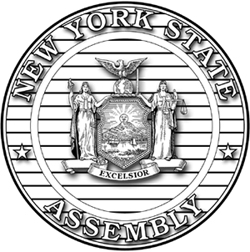You are here
Fri, 2012-11-09 21:05 — mdmcdonald
This working group is focused on discussions about city planning.
The mission of this working group is to focus on discussions about city planning.
Add Content to this group
Members
| Albert Gomez | Amanda Cole | Irilin | JoshStack | Kathy Gilbeaux | mdmcdonald |
Email address for group
city-planning-ny@m.resiliencesystem.org






Recent Comments